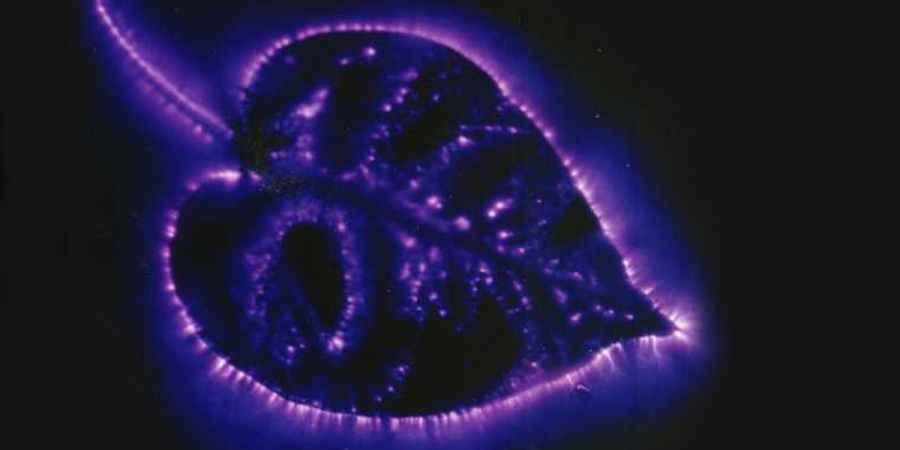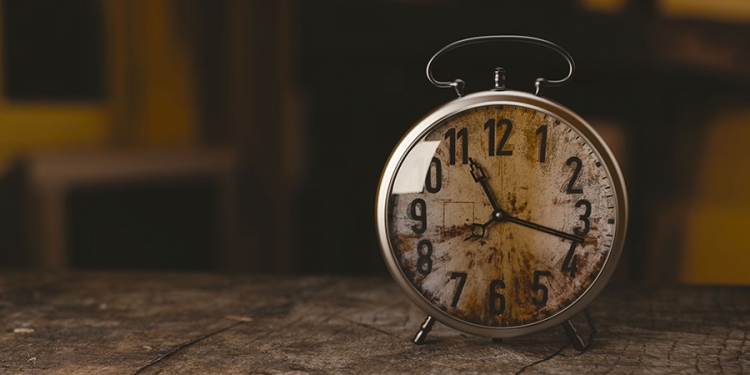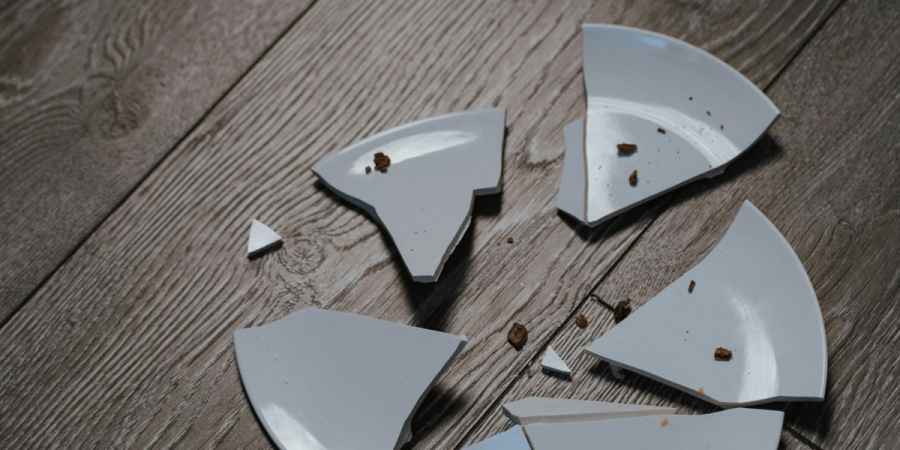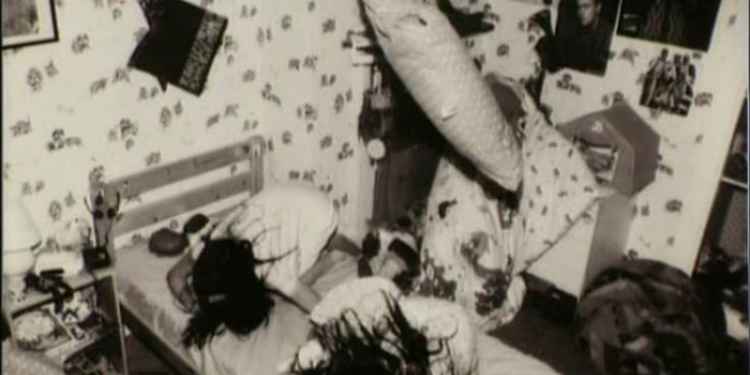

A Dybbuk Box is a mysterious and often sinister object associated with Jewish folklore. According to legend, a Dybbuk is a malevolent spirit capable of possessing the living. The term "Dybbuk" comes from the Hebrew word "dibbuk," which means "to cling" or "to adhere." A Dybbuk Box is a container used to trap a Dybbuk and prevent it from causing harm.
The box is said to contain items of significance, such as locks of hair, dried flowers, and occasionally coins or other personal objects, all intended to bind the spirit within.
Many people who have owned or come into contact with a Dybbuk Box have reported eerie experiences. These range from inexplicable health problems to paranormal activity like flickering lights, strange noises, nightmares, strange smells, and even sightings of shadowy figures.
The concept of the Dybbuk Box gained widespread attention in the early 2000s, thanks to an eBay listing by a man named Kevin Mannis. In the 2003 listing, the box was described as a haunted Jewish wine cabinet containing a malevolent spirit.
Kevin claimed to have purchased the box at an estate sale and soon began experiencing a series of disturbing events. According to his account, he experienced a series of disturbing events after acquiring the box.
Some have suggested that, over time, Kevin has changed and embellished his story. In interviews, he has provided new details and altered aspects of the original account, leading some to question the consistency and reliability of his claims. Kevin has admit that he was the "original creator of the story" of the Dybbuk Box and has even challenged others to find any reference to the boxes dating back further than his 2003 eBay list.
This does seem to be true. While the idea of objects being associated with malevolent spirits and Jewish folklore is not new, the Dybbuk Box does appear to be a modern phenomenon. The folklore around Dybbuks is well-established, but the idea of containing a Dybbuk in a physical object, like a box, does not appear to have been part of traditional beliefs.
The concept of trapping a Dybbuk in a wine cabinet or similar container, as described by Kevin, seems to be a modern invention. The detailed narrative he provided, involving the box containing personal items to bind the spirit, appears to be a new development rather than an ancient practice.
Although they didn't exist before, Kevin's account of the Dybbuk Box has had a significant impact on popular culture, inspiring others to create their own versions, often with similar claims of paranormal activity. These boxes often appear on online marketplaces like eBay, with sellers claiming their boxes are haunted or contain a malevolent spirit. The notoriety of Dybbuk Boxes was further cemented by television ghost hunter Zak Bagans, who acquired the original Dybbuk Box for his Haunted Museum in Las Vegas.
For a time, the popularity of Dybbuk Boxes made them lucrative, with sellers capitalising on the demand for paranormal items by creating and selling their own versions. Some buyers view these boxes as unique collectibles, regardless of their belief in the paranormal.
Perhaps this interest in collecting Dybbuk Boxes is justified. It's true that, if we strip away the layers of theories, myths, and legends surrounding the Dybbuk Box, it's clear that they are a modern creation. However, even if they lack historical authenticity, they are certainly a real phenomenon now.
Whether or not you believe in the supernatural claims, the creation of a Dybbuk Box can be seen as a modern ritual. The process can involve writing down fears or troubles and placing the notes or items representing personal struggles in the box. This can provide structure and meaning to personal experiences, helping individuals cope with stress and anxiety.
The online sellers of Dybbuk Boxes often add cautionary notes to their listings, advising potential buyers of the risks involved in owning such an object. When considering these risks, it's important to distinguish between psychological effects and real physical dangers. If someone believes strongly in the paranormal, researching or handling a Dybbuk Box might lead to anxiety, stress, or fear.
If someone is convinced that a Dybbuk Box is cursed or haunted, they might experience symptoms like headaches, nightmares, or heightened anxiety that are brought on by their belief. In rare cases, individuals highly susceptible to the idea of curses or hauntings might inadvertently cause themselves harm. For example, heightened stress and anxiety can lead to accidents or health issues.
Although Dybbuk Boxes are modern constructs lacking historical validity, perhaps the act of creating one with the intention of trapping negative energy or a malevolent spirit can imbue the object with a unique energy. This intent-driven creation might not just be symbolic but could potentially act as a focal point for negative forces.
The story of the Dybbuk Box began with Kevin Mannis, but is it possible that he inadvertently inspired the creation of something that feels real to many? The Dybbuk Box may have transcended its origin as a simple object, becoming a vessel for the fears and beliefs of those who encounter it. The intent and belief invested in these boxes might not trap a literal spirit, but they can certainly create a powerful psychological reality for believers.
I Bought A Cursed Dybbuk Box On eBay
By Steve Higgins
In 2019, I purchased a Dybbuk Box on eBay out of curiosity after finding a listing titled "Dybbuk Box Found Under Oak Tree With 1900s Letter" that piqued my interest.
The seller's story described finding the box under an oak tree in Snowdonia, North Wales, accompanied by an old letter in German, supposedly linked to a soldier from the early 1900s. The intriguing backstory and the photos, which seemed original and not reused from the internet, convinced me to place a bid.
After winning the auction, I verified parts of the seller's story, including the location and some aspects of the seller's background. However, upon receiving the box, I noticed inconsistencies, such as the lid being made of cardboard, which wouldn't have survived long-term burial. This led me to suspect it wasn't as old as claimed.
Further investigation revealed that the box was created by the seller and his art students. Despite this, I appreciated the craftsmanship and now proudly display the box in my office. The box's contents remain a mystery, as I chose not to open it and spoil its charm as a piece of paranormal art.
» You can read the full story here.
» You can read the full story here.
More Essential Parapsychology
See All
ArrayOctober 11, 2024
The Reality Behind Kirlian Photography’s Glowing Auras

ArrayOctober 07, 2024
Could Retroactive Psychokinesis Allow Us To Influence The Past?

ArrayOctober 05, 2024
What Spontaneous Cases Are & Why Parapsychologists Research Them
Learn With Higgypop
Hosted by Paralearning in association with Higgypop, these courses on ghost hunting, paranormal investigations, and occult practices draw on the experience of our team of paranormal writers.

Diploma In Capturing & Analyzing Electronic Voice Phenomenon
This course gives you practical and useful knowledge of ghost hunting and paranormal research, which is invaluable when conducting your own paranormal investigations or as part of a group event.
View Course
Diploma In Parapsychology & Psychic Phenomena
This course gives you practical and useful knowledge of ghost hunting and paranormal research, which is invaluable when conducting your own paranormal investigations or as part of a group event.
View CourseMore Like This

ParanormalOctober 12, 2024
Recurrent Spontaneous Psychokinesis The Parapsychological Principle Behind Poltergeists

ParanormalOctober 11, 2024
The Reality Behind Kirlian Photography’s Glowing Auras

ParanormalOctober 07, 2024
Could Retroactive Psychokinesis Allow Us To Influence The Past?

ParanormalOctober 05, 2024
What Spontaneous Cases Are & Why Parapsychologists Research Them
 See More on Audible
See More on Audible
Comments
Want To Join The Conversation?
Sign in or create an account to leave a comment.
Sign In
Create Account
Account Settings
Be the first to comment.